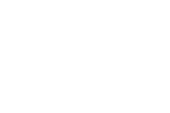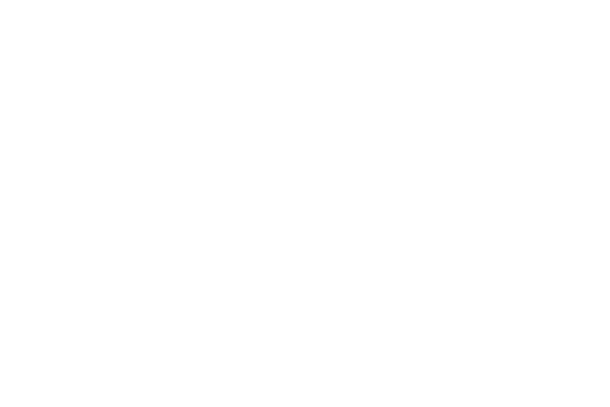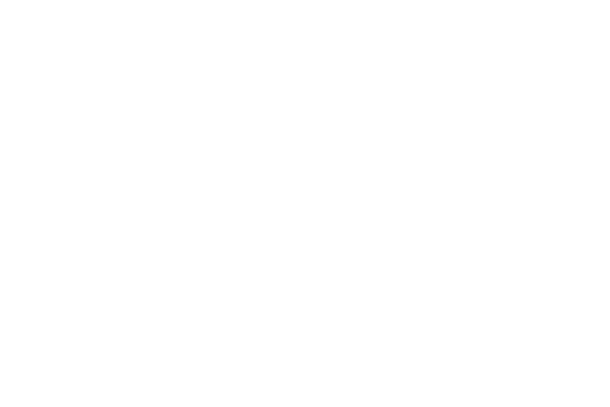 |
 |
 |

|
Rotterdam Centraal: Logistics tunnel
Photo: Jannes Linders
|
|
 |
ROTTERDAM CENTRAAL
by Team CS
On 13 March 2014, the new Rotterdam Centraal station officially opened by King Willem Alexander of the Netherlands
Rotterdam Centraal
Location: Stationsplein 1, Rotterdam, Netherlands
Clients: ProRail, City of Rotterdam
Architect: Team CS: a cooperation between Benthem Crouwel Architects, MVSA Meyer en Van Schooten Architecten and West 8
Programme: Public transport terminal: Integral station roof, concourse and travellers’ tunnel, platform fit-out, commercial spaces, offices, restaurants and cafés and facilities for travellers.
Ca. 46,000 m2 gfa.
Start design: 2003
Start construction: 2007
Completion: 2013
Facts and figures: Daily number of travellers 2013: 110,000
Daily number of travellers 2025: 323,000
Area Rotterdam Centraal: 46,000 m2
Area urban design: 50,000 m2
Bicycle parking underground: 5,200 bicycles
Bicycle parking above ground: 1,600 bicycles
Car park Kruisplein: 750 cars
Wooden cladding ceiling South Hall: 23,000 m2 Western Red Cedar wood panels
Steel roof construction South Hall: 3,000 ton steel
Natural stone platforms: 27,000 m2 red porphyry
Natural stone concourse + South Hall: 9,000 m2 multicolor Red China
Natural stone public space: 16,000 m2 multicolor Red China
Glass in roof: 28,000 m2
PV cells: 10,000 m2
Number of PV cells: 130,000
Size LED screen South Hall: 40 x 4,5m
|

|
Posted 18 March 2014
|
Share this:
|
|
Team CS is a cooperation between Benthem Crouwel Architects MVSA Meyer en Van Schooten Architecten and West 8
Rotterdam Centraal is part of the European network of high-speed railway lines and a nodal point in the city itself. This dual relationship, with the city and with Europe, gives the station and the station precinct a special dimension. At Rotterdam Central, European travellers enter the Netherlands and Dutch travellers enter Europe.
The old station by Sybold van Ravesteyn, which consisted of a station hall, a pedestrian tunnel and open platforms, each with its own canopy, was out of step with current requirements with respect to size, layout and grandeur.
What was needed was a new station, designed as an entity: the station hall now runs from Proveniersplein on the north side to Stationsplein on the south – in other words, the 250-metre-wide platform roof forms a whole with the main concourse and the train travellers’ tunnel. The result is that from the moment of arrival, train passengers have the sense of entering a building.
|
|
|
|
|
|
|

Rotterdam Centraal: Glass roof
Photo: Jannes Linders
|
|
|
|
|
|
|
The design for the station and the surrounding area was made by Team CS; a cooperation between Benthem Crouwel Architects, MVSA Meyer en Van Schooten Architecten and West 8.
A salient feature of the location is the big difference in character between the areas north and south of the station. To the north there is a residential area, while the south side is part of the central city. These differences in ambience are accentuated in the design of the station and its surroundings. On the north side, the station manifests as a transparent hall that matches the character of the late nineteenth-century Proveniers district. Major extensions were avoided here and the green landscaping was enhanced. The new station roof makes a modest and transparent impression on this side. On the city centre side the station exhibits a new grandeur that is in keeping with the dimensions of the imposing high-rise buildings that characterize the entrance to the city. Rotterdam’s urbanity is reinforced here by a metropolitan station architecture in which the building and the new station square merge. On this side, the station roof folds to create a welcoming and very spacious station concourse, which also provides direct access to the new metro station below.
With the trams relocated to the east side of the station square, the public space in front of the station now offers arriving travellers a genuine entrance to the city, free of criss-crossing traffic.
The new square extends to Kruisplein and from there to Schouwburgplein.
The enormous scale of the new station is mitigated by the choice of wood as
cladding for the gigantic roof. Rotterdam Centraal is a pleasant, open and transparent public transport terminal which also functions as a meeting point. Interweaving in the urban network the station connects the various characters of the city and marks the beginning of the cultural axis. This modern and efficient building offers all the amenities and comfort for the present and future travellers to and from the port city.
The new Central Station of Rotterdam, Rotterdam Centraal, is re-anchored in the city centre and integrated in the European network of transport hubs. A Grand Station of international standing has been created.
In the spacious concourse the passenger service functions are conveniently arranged. The skylights through rectangular slots provide diffused natural daylight. The positioning of these skylights creates different light intensities.
The roof of the hall, fully clad with stainless steel, gives rise to the building’s iconic character and points to the heart of the city.
|
|
|
|

Rotterdam Centraal: Roof of solar cells
Photo: Jannes Linders
|
|
|
|
|
|
|
The Grand Café and the NS lounge on the upper floor offer a spectacular outlook over the hall and the rail tracks.
The triangular skylights through rectangular slots provide diffused natural daylight which illuminates the hall. The positioning of these skylights creates different light intensities.
The esplanade and the Kruisplein in front of the station is a continuous public space. To achieve this spatial simplicity a parking garage for 750 cars and a bicycle shed for 5,200 bicycles are located under the Kruisplein. The red stone of the station floor continues into the forecourt, merging the station with the city.
The wood finish on the interior of the hall, combined with the structural wooden beams of the platform roof create a warm and welcoming ambience, inviting visitors to linger. Here a LED screen of 40 x 4.5 meters has been installed.
Travellers can enjoy views of Europe’s largest port at all hours and times of the day.
Photography: Jannes Linders Aerial photography: Skeyes Design: Reynoud Homan icw Martijn de Wilde
www.benthemcrouwel.nl
www.mvsa.nl
www.west8.nl
|
|
|
|
|
|
|


